Did you know that if it was 1823 rather than 2023 many of us would be right in the middle of the “social season”? From Jane Austen novels to Bridgerton, it is commonly referred to in stories set in the 19th century, and as I start to make my own plans for what is sure to be a glorious summer, I thought it may be fun to learn more about how people did it back then.
In many ways, we still have an unofficial social season during the summer. Are there any events that you look forward to attending during the warmer months?
The start of the social season
It is unclear when the social season was “invented,” but historians seem to agree that it was centered in large cities and originated in London. It appears to have coincided with the opening of parliament, which brought with it both the royal family and other aristocrats from country estates to stay while attending to politics. These families reveled in spending time with each other, and occasions such as balls were more easily held considering more people were available than in remote country regions.
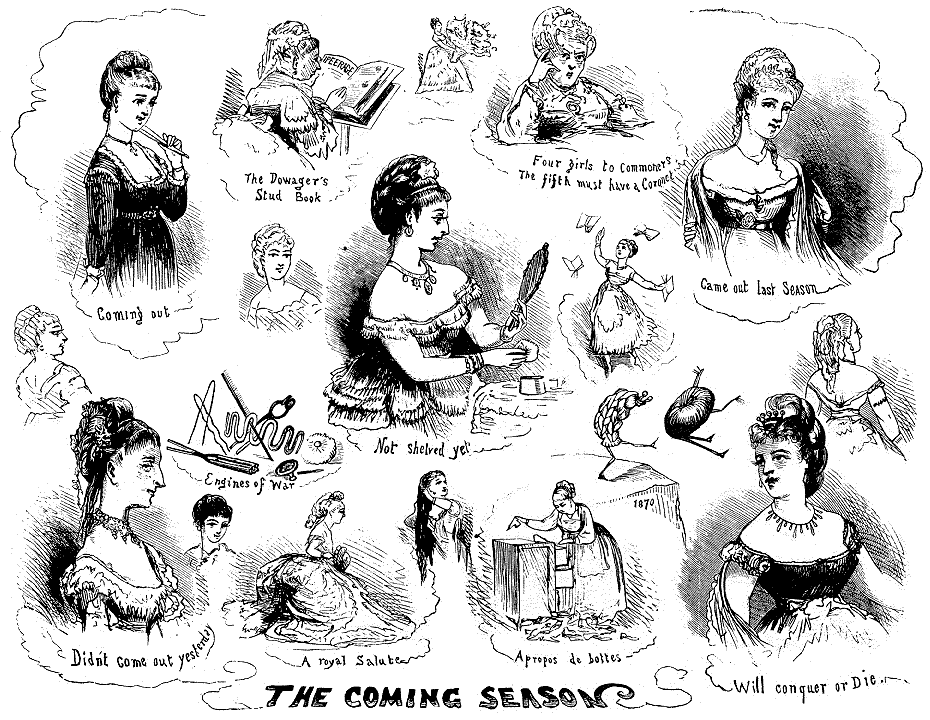
The social season was probably the most robust in London, but it is also known to have been observed in large American cities such as New York. I am aware that the upper class of Denver kept to it as well.
What dates marked the social season is dubious at best. I have read accounts ranging from as early as January to August and some from April to July.
While it is unclear how the tradition began, it was fully observed by 1780 when Queen Charlotte’s Ball was held for the first time. And while some events continue to be held in London each year, World War I seems to have put an end to the strict adhesion of the social season, along with other enormous social changes.
Social season activities
There were many events that took place during the Victorian social season, and some of them still happen to this day. I have chosen a small handful of the events I would have liked to attend had I been there.
Queen Charlotte’s Ball and the presenting of debutantes
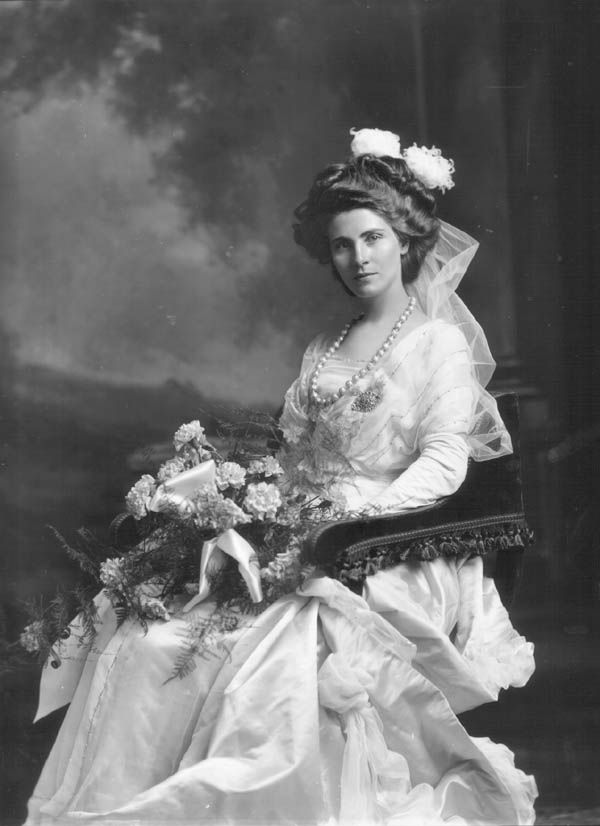
Image source: CarrieTuransky.com
As I mentioned, Queen Charlotte’s Ball started in 1780. The first ball was held to celebrate the Queen’s birthday; it is believed that Queen Charlotte requested to have the debutantes be introduced to her and that she stood by a large birthday cake while they did. The formality was a hit and a tradition was created.
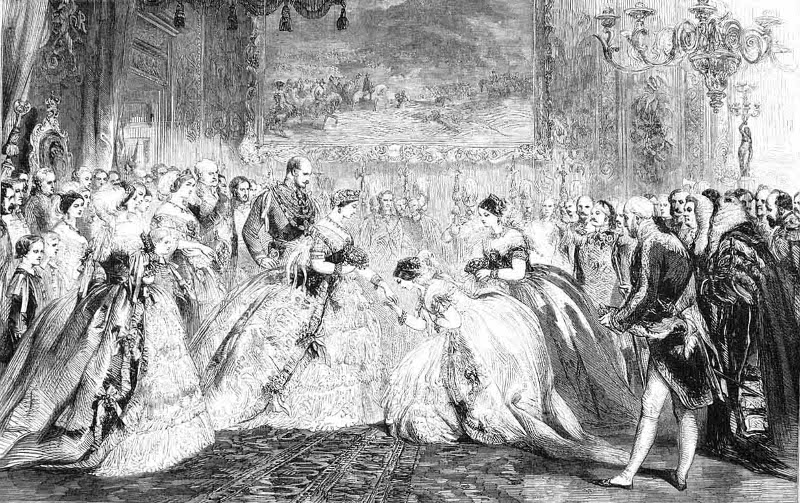
It is widely believed that the ball marked the official beginning of the social season, as the young women presented at court were from then on permitted to participate in all season activities, including more balls.
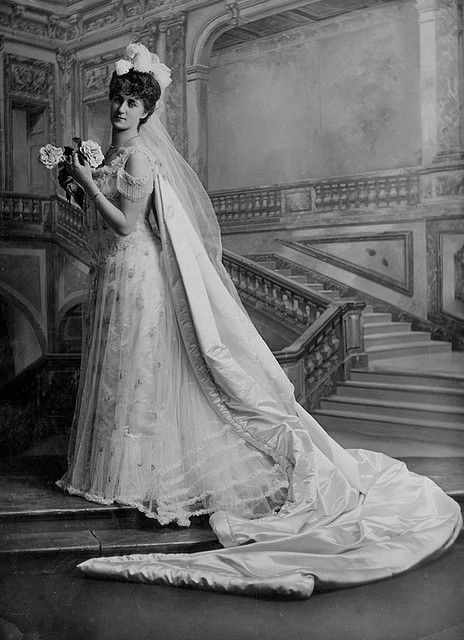
Image source: For the Yellow
In order to attend the balls the young women would have been educated in the strict etiquette that all were expected to adhere to. Want to learn some of these rules? Check out our blog post “Have fun but not too much fun: Victorian ball etiquette.”
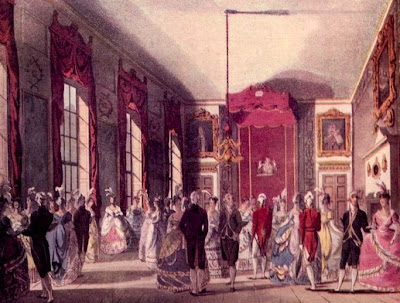
The tradition was famously put to rest by Queen Elizabeth in 1958, though there are some trying to revive it as a private event rather than supported by the royal family. Apparently, the young women now curtsey to a large cake.
Opera
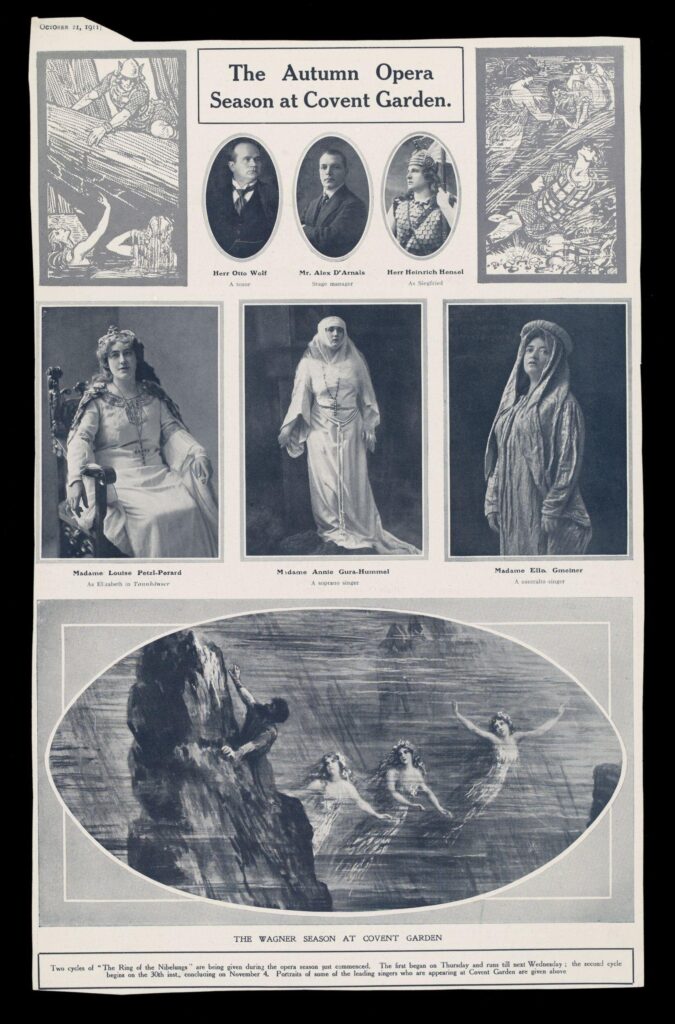
One thing is pretty clear, opera season took place during the social season, and was considered to be the height of refined entertainment. It was a chance not just to be seen, but to showcase one’s wealth and fashion sensibility. One’s dress was taken extremely seriously and from the stage to the seats it was a beautiful sight. Read about it in our blog post: “Victorian opera attire: a feast for the eyes.”
As with the other events of the season, being at the opera was largely about making sure your presence was known. Fans were given to attendees with the names of the subscribers. Of the one below the V&A Museum writes:
Renting a box at the opera for a season was a mark of social standing. These fans would have been a practical accessory in a hot theatre and useful for knowing who else might be there.
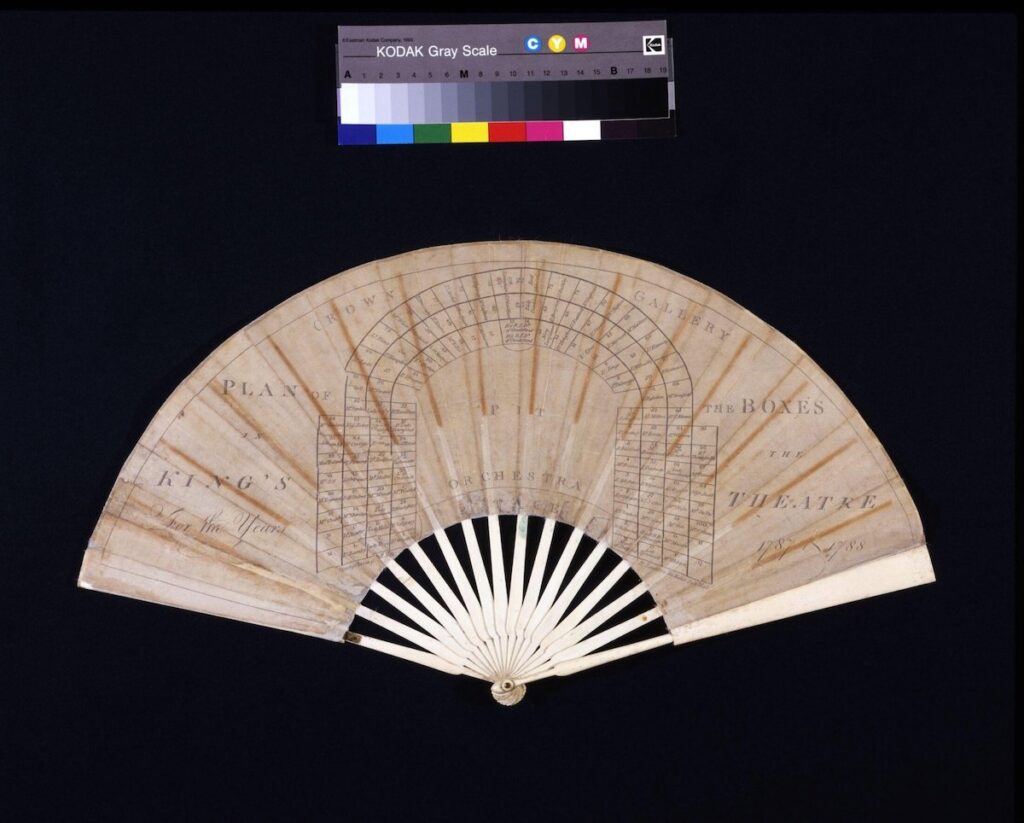
Chelsea Flower Show
The Royal Horticulture Society has held annual shows since 1833, with the royal family presiding. During the 19th century, it would have been one way for the English to celebrate their dominance in the world of gardening. To this day it is considered to be the most prestigious flower competition in the world.
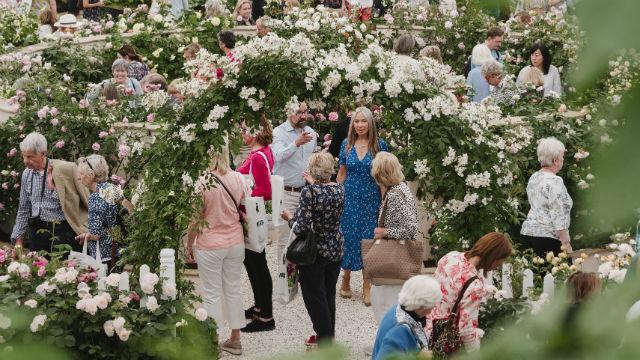
Image source: Visit London
The RHS moved the annual show from place to place for a number of years, with it being held in Kensington Gardens for many years before moving to the middle of London in 1888, becoming one of the first occasions to mark the beginning of the social season.
This is one event I need to attend!
The Royal Ascot
The Royal Ascot is one of the best-known traditions still held today. It was one that evolved over time, with Queen Anne first proposing the idea of a racetrack in the area all the way back in 1711. The first race took place on August 11 of that year and the location was so popular with the royal family that they embraced expanding the grounds and events. The Gold Cup was introduced in 1807 and the Royal Procession in 1825.
Get the entire timeline on Ascot’s official website here.
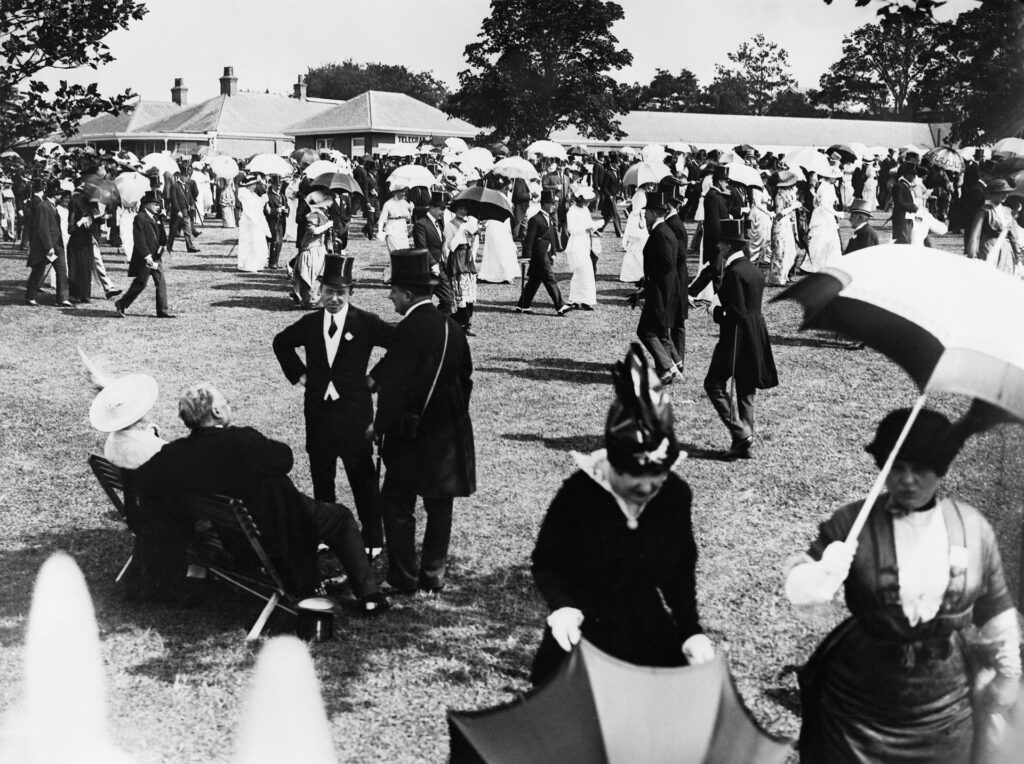
The Royal Ascot has always been an occasion to show off one’s rank through clothing. A strict dress code was established in the early 19th century and is still enforced today. The dress code is set according to the enclosure in which the ticket is purchased for. Queen Anne’s enclosure, for instance, requires the following of women:
- A dress or top and skirt, with shoulder or halter neck straps (lace and chiffon fabrics are permitted, no minimum length)
- Trouser suits are welcome and should be of matching material and colour
- Jumpsuits should fall below the knee and comply with the above strap requirements
- A hat, headpiece or fascinator
Not permitted are:
- Dresses and tops that are:
- Strapless or one shoulder
- Off-the-shoulder or bardot
- Sheer (defined as any type of fabric that is see-through / entirely transparent)
- Visible midriffs (defined as the mid-region of the torso between the chest and the waist)
Read more about the Ascot during the Victorian era on our blog post: Royal Ascot – Height of the English Social Season.
What activity or tradition do you think you would have loved to be a part of during the 19th Century social season?
Learn more about 19th-century socializing:
Mind your manners! Victorian table etiquette

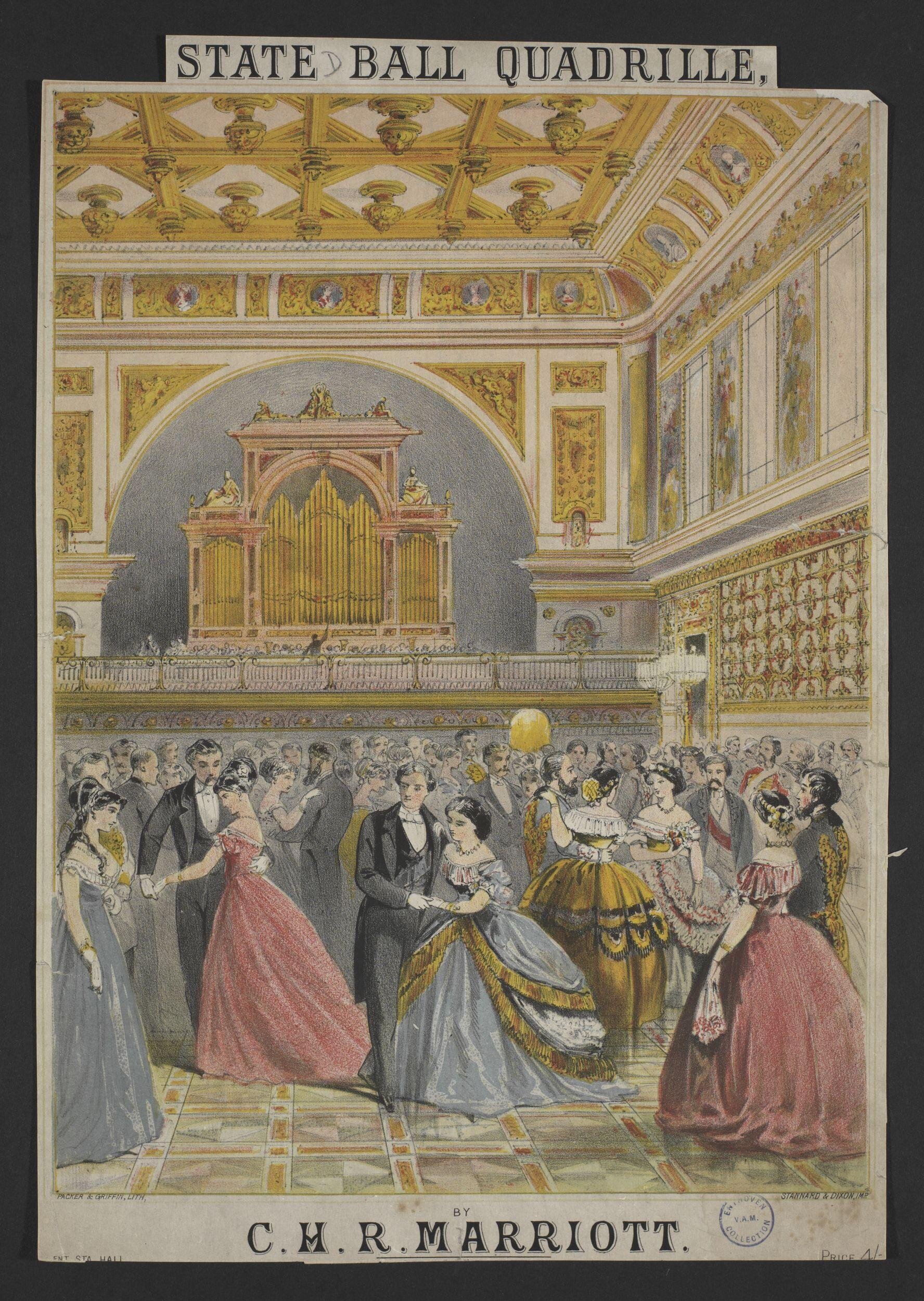


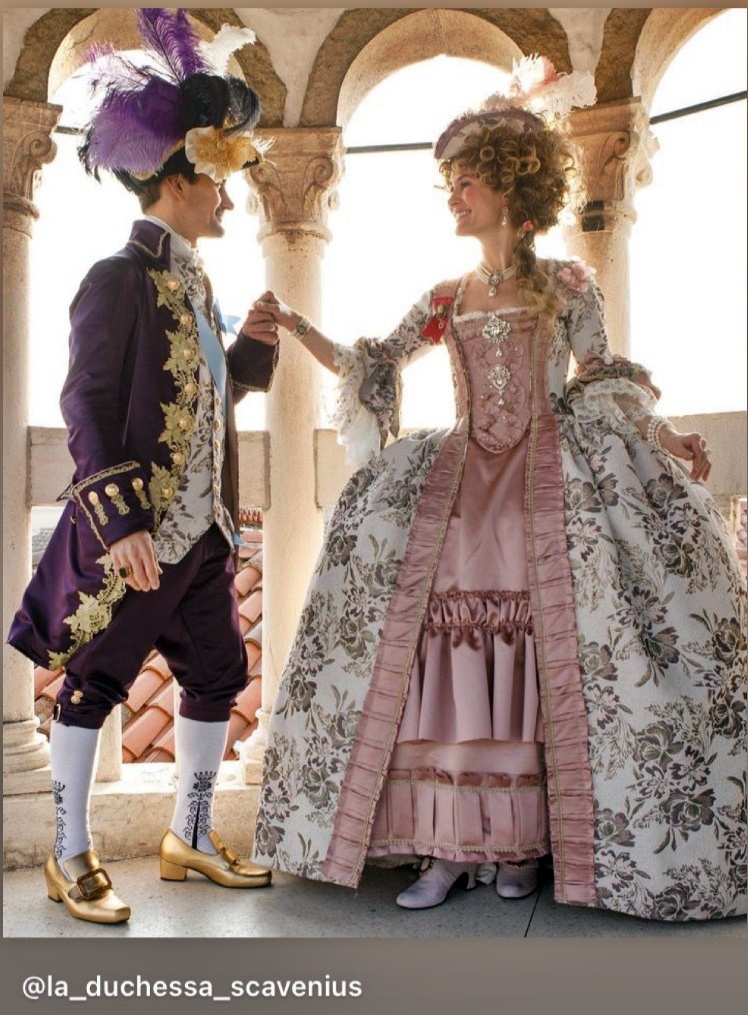
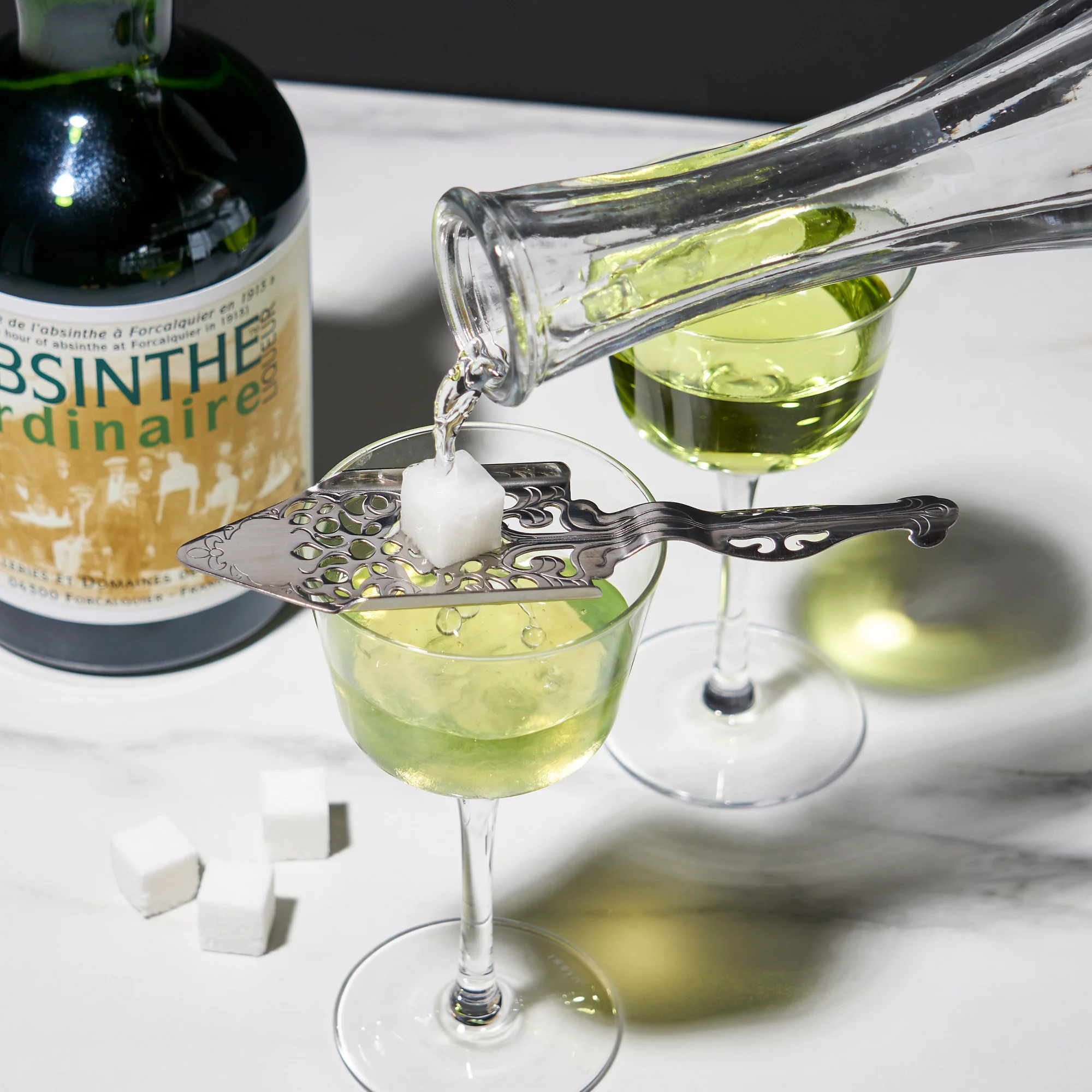



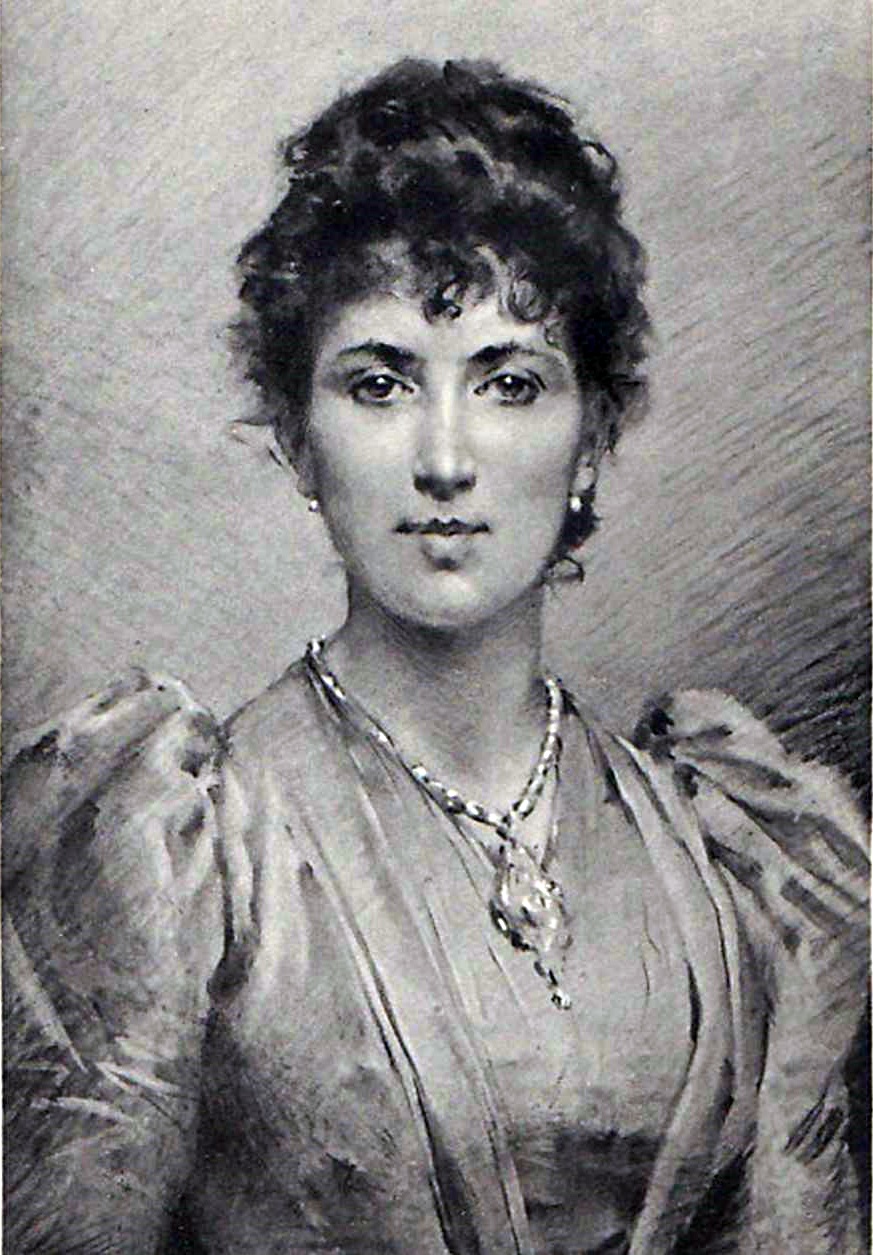




I thoroughly enjoy these posts, though I’ve never written a comment before. I want to thank you for the time and effort you spend to discover and share these well researched details. Always fascinating!